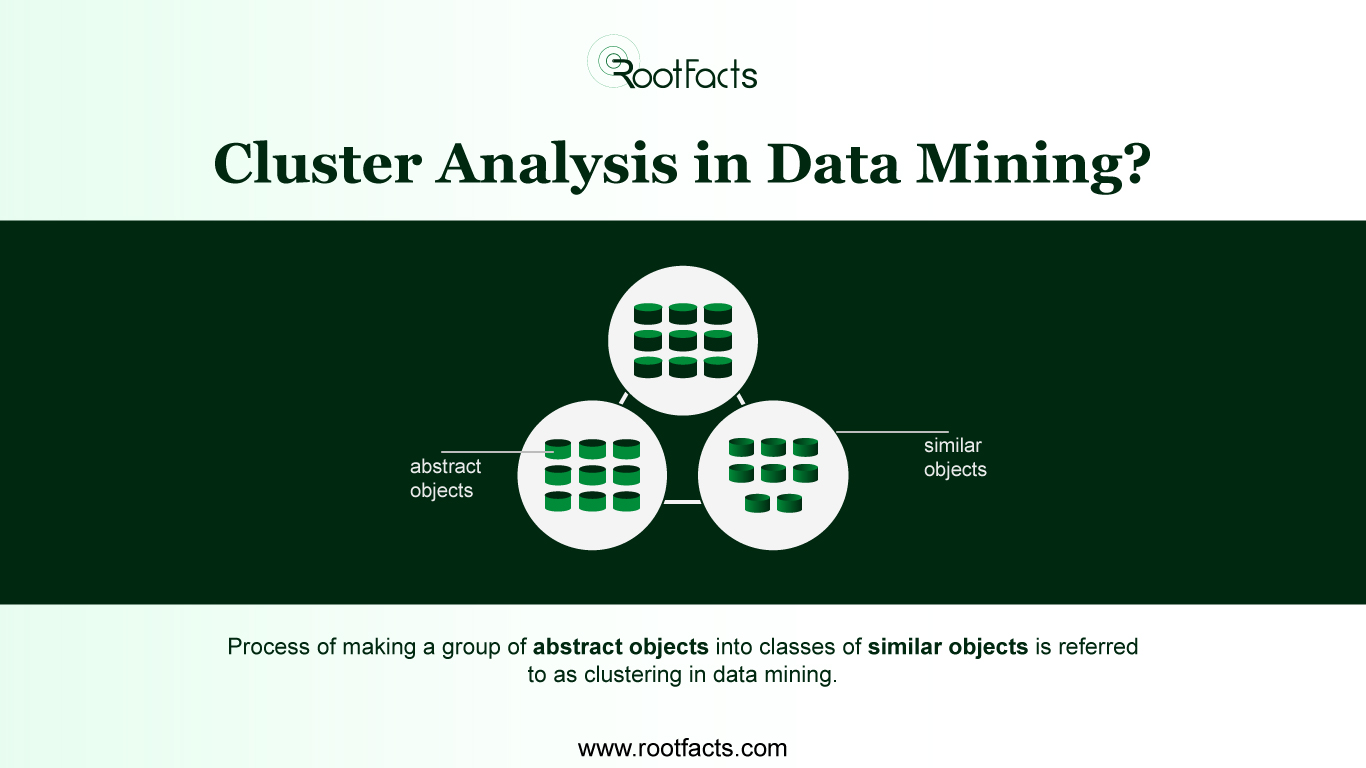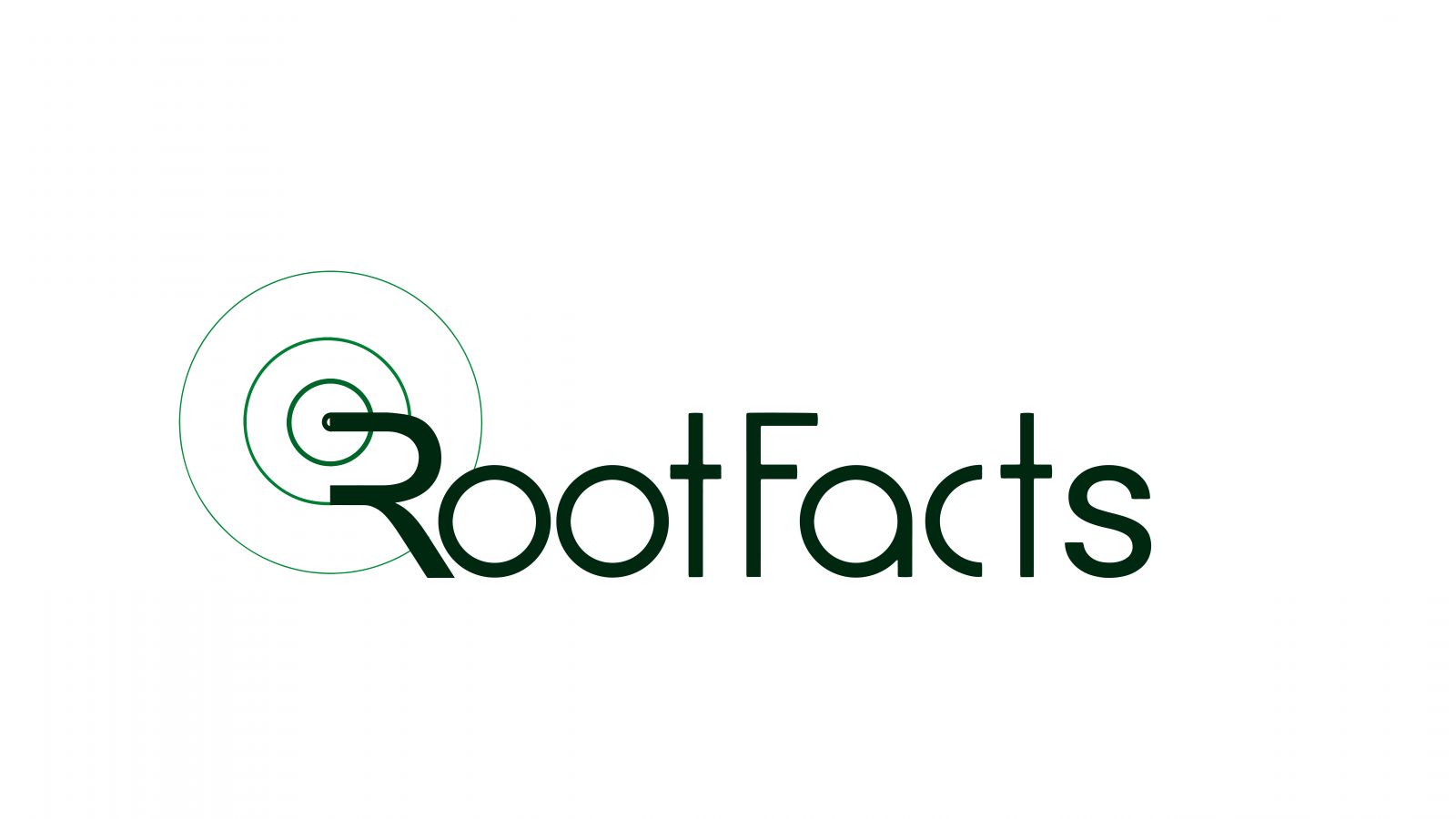
In this blog, we will discuss cluster analysis in data mining. So, before this, let us know what is clustering in data mining, what important points to consider, and what are its requirements and methods.
What Is Clustering In Data Mining?
In clustering, a group of diverse data objects is categorised as similar objects. One group is referred to as a cluster of data. All the given data sets are distributed into different groups in the cluster analysis based on the similarity of the data. After the classification of data has been done into small groups, they are assigned a label. It helps in accepting changes by doing classification.
This process of making a group of abstract objects into classes of similar objects is referred to as clustering in data mining.
Important Points to Remember in Clustering!
- One group is referred to as a cluster of data objects.
- When the cluster analysis is done, the first step is to divide the data sets into groups using data similarity, after which the groups are assigned to their respective labels.
- The biggest benefit of clustering over-classification is that it helps in singling out useful features that differentiate different groups.
Important Applications Of Cluster Analysis
• Cluster Analysis is widely popular and used in many applications like data analysis, image processing, and pattern recognition.
• It allows marketers to collect customer data into different groups and characterize their customer groups by using purchasing patterns.
• It is used in the biology field to derive animal and plant taxonomies, discovering genes with similar potentials.
• It also helps in identifying information by classifying all data documents on the web.
What Are The Requirements That Clustering In Data Mining Should Satisfy?
The main requirements that a clustering algorithm must have are:
- Interpretability and Usability
The clustering results should be usable, comprehensible and interpretable. Grouping can help in giving structured data by organizing it into similar data objects. It becomes comfortable for a data expert in processing and learns new things.
- High Dimensionality
Data clustering can handle both high dimensional data as well as data of small size.
- Discovering Clusters with Arbitrary Shapes
Arbitrary shape clusters are used by the clustering algorithm. Small size clusters can also be seen with spherical shapes.
- Dealing with Different Types of Attributes
Many different types of data can be used with clustering algorithms. The data can be of any type such as binary, categorical and interval-based data.
- Scalability
The database is quite big to deal with. It must be scalable to handle an extensive database, to make it scalable.
Data Mining Clustering Methods
The clustering methods can be categorized into the following types:
1. Partitioning Clustering Method
In this method, a cluster is represented by each partition. For instance, the ‘n’ partition is done on a database object ‘a’. A cluster will be defined under each partition and represented by each partition and n < a is the number of groups that is done after the classification of objects.
When partition clustering is done, it must satisfy two conditions, such as:
- An object should be assigned to only one group.
- Every group must have a purpose.
2. Hierarchical Clustering Methods
In this hierarchical clustering approach, the data set is created based on hierarchical decomposition. On this basis, the purpose of classification will be decided. There are two types of approaches for hierarchical decomposition creation, which are:
- Divisive Approach
- Agglomerative Approach
3. Density-Based Clustering Method
In this method of clustering in data mining, the main focus is on density. The mass notion is used in the clustering method. When this method is done, the cluster keeps growing until the density exceeds some threshold limit.
4. Grid-Based Clustering Method
In this type of Clustering Method, a grid is created using the object together where object space is quantified into cells that create a grid structure. One of the reasons why everyone prefers this method is that the processing time for this method is much faster and it saves time.
5. Model-Based Clustering Methods
In model-based clustering, every cluster is hypothesized to find the most suited data for the model. The density function locates the cluster of a model that reflects the spatial distribution of data points and offers a quick way to find out the number of clusters.
6. Constraint-Based Clustering Method
Application or user-oriented rules are included to complete the clustering. A constraint refers to the user expectation or the properties of the selected clustering outcomes. Constraints offer an interactive method to communicate with the clustering procedure.
Conclusion
Clustering is one of the significant processes in data analysis and data mining applications. Grouping a set of objects in the group or groups similar to each other than to those in other groups is clustering. When a good clustering algorithm is done, it can identify clusters easily irrespective of their shapes.
Today, clustering has become very important among businesses to identify consumers who are similar to each other by using tailored emails to maximize revenue.


